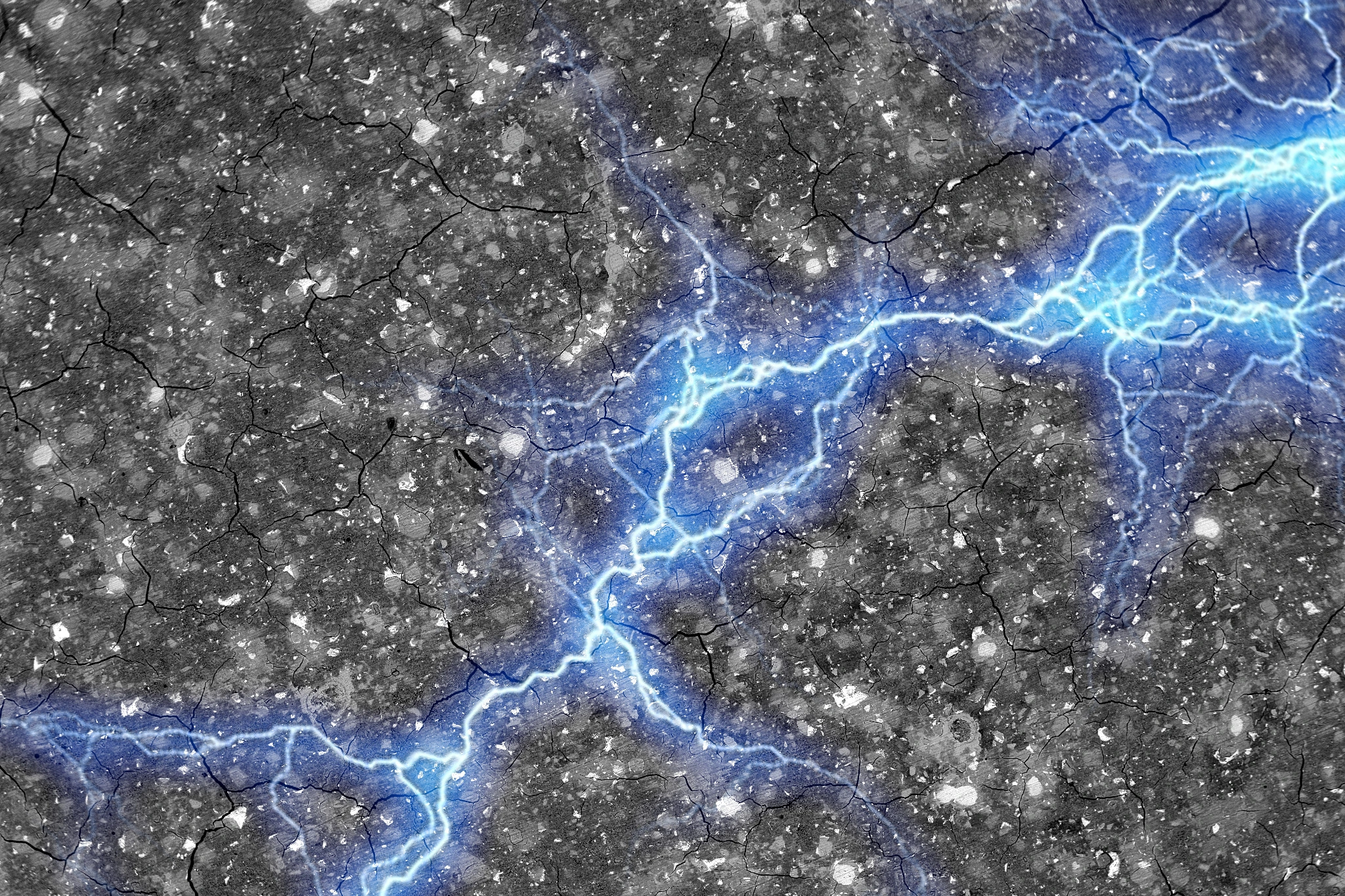People at MIT made a capacitor of cement and carbon black (not to be confused with soot). It worked and they are planning to test bigger samples. The construction of such capacitors is easy and they can be structural elements in architecture.
A few more notes: carbon black is is not your ordinary chimney soot, but a different variety. It forms during incomplete combustion of some kinds.
It is quite conductive electrically and self-organizes into fractal tree-like structures inside cracks within drying cement. They predict that 45 cubic meters can store 10 KWh of energy - but large scale studies haven’t been made yet.
I don’t currently know what dielectric material they used between two castings of cement, but I imagine they used some type of plastic. It should be noted that you need a fair amount of carbon:
the “sweet spot” is around 10 percent carbon black in the mix
High carbon requirements seem more like a positive side effect if this turns out to be economically feasible and not weaken the concrete too much structurally.



